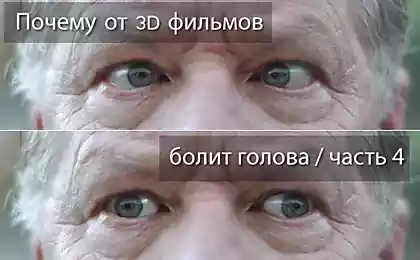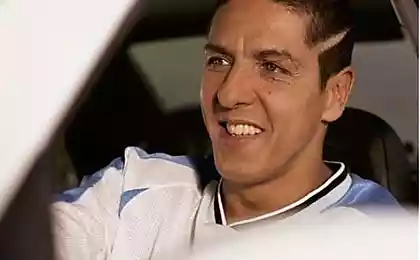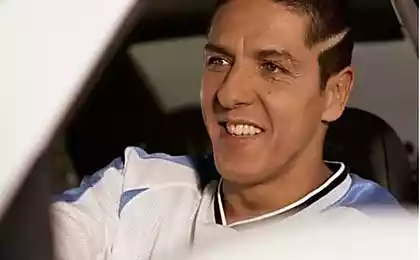218
What the Polish film “Healer” so hooked viewers around the world, the number of views beats all records
Admirers of the legendary painting “The Healer” based on the novel by Polish writer Tadeusz Dolenga-Mostovic have an excellent opportunity to take a fresh look at their favorite story. On September 27, the third adaptation of the drama was released on the Netfli platform and gained a crushing success. The old film “The Healer”, whose actors loved each of us, received a worthy receiver.

In just a few days, the new film broke into the first place in the list of the most popular Netfli paintings in Poland and took second place in the world ranking of films in a foreign language. More than 12 million views in such a short time - this is no joke! What is known about the new film adaptation, read on.
Until now, the “Healer” was associated with the audience with the magnificent role of Jerzy Binchitsky. In the new film adaptation, his place will be taken by Leszek Lichota. “It was a great challenge for me to play such a powerful iconic character who carries the burden of tremendous experience and trauma while trying to rediscover his identity,” he said.

In the image of the daughter of Professor Vilchur, Marysi, this time will appear actress Maria Kowalska. Zoska, the owner of the mill, will be played by Anna Shimanchik. The role of Leszek Czynski was embodied by Ignacy Liss. And his parents are Nikolai Grabowski and Isabel Kuna. The director of the new film adaptation was Michal Gazda. This is his first full-length project. And he was destined to shoot and rip the laurel wreath.
In the story, the brilliant surgeon Rafal Vilchur is experiencing a tragedy that interrupts his usual life. One day his wife and daughter leave him. He is without documents and money and loses his memory. And for several years Vilchur wanders around the country, experiencing grief and poverty.
But the bad days are over. A man rescues a miller’s sick son and finds shelter in his family. Rumors about the “healer” quickly spread. Soon he meets a young beauty who seems vaguely familiar to him.

The first film adaptation of the “Witchman” novel was first published in 1937. The first film was shot almost simultaneously with the release of the book. The film was directed by Michal Vashinski, and the role of Professor Vilchur was perfectly revealed by Kazimierz Younosz-Stempovsky, one of the most popular actors of theater and cinema of the time.
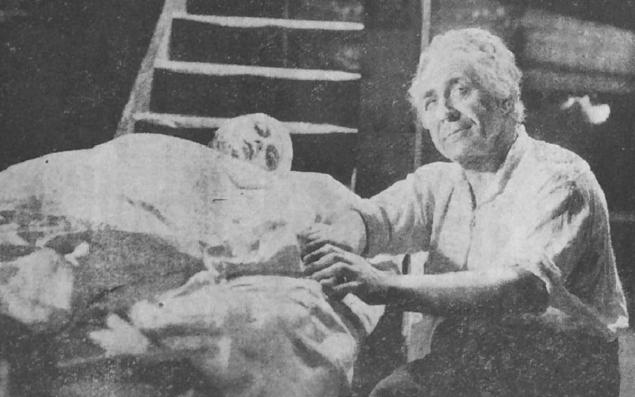
Public domain, via Wikimedia Commons Today, this tape looks a little simple and clumsy due to the long picture monologues and noticeable cardboard prop. However, the “Witchman” of 1937 still touches the soul. The main character managed to reveal the image of a man who turned from the best surgeon in Poland into a broken and broken old man. The Znahar affair helped him to find a connection with the world again and recover his spirit.
The success of the novel and the film spurred Dolenga-Mostovich to write a sequel. In 1938, the second part of the book entitled “Professor Wilchur” was published, in which the famous surgeon returned to medical practice in Warsaw. And in the same year, Vashinski directed the sequel to The Healer, but neither the novel nor the film could replicate the success of its predecessors.
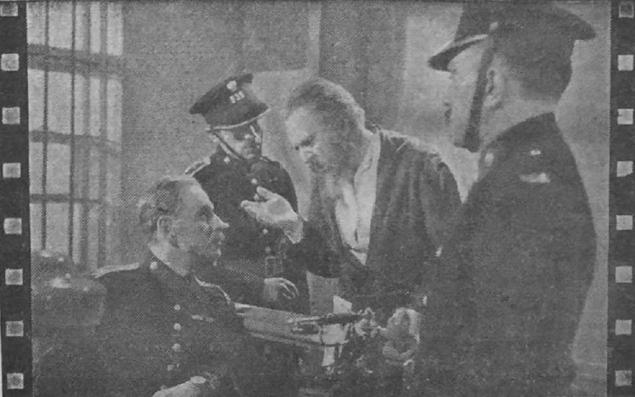
In 1939, the writer continued the story of the famous professor, although at the end of the second book the main character dies. And this time the world saw not a book, but a script - "Professor Vilchur's Testament." In the center of the plot is a student of Professor Emel. The boy decides to follow in the footsteps of the teacher and open a hospital in the village. He overcomes a lot of obstacles, but comes out the winner. The film was directed by talented director Leonard Buchkovsky, but the audience saw it only during the occupation in 1942.
More than 40 years ago, director Hoffman created one of the best films of Polish cinema. He wanted to tell a story about how a person can change his own destiny. Incredibly textured Jerzy Binchitsky managed to convey the image of a curled metropolitan surgeon who turned into a village peasant capable of pulling a millstone.

Young Anna Dymna, who played Marysya, was already known in Poland at that time thanks to several iconic roles. And hitherto unknown Tomasz Stockinger woke up famous after playing a young aristocrat in love Leszek Czynski.
Let the "Healer" fell under the distribution of film critics for excessive melodramaticity and straightforwardness. As time has shown, it turned out to be one of the most poignant films about miracle and the belief that everything can be changed.
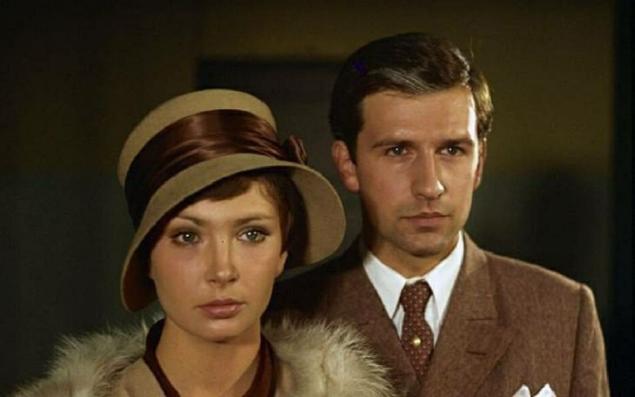
Vilchur Cinnamon free puts seriously ill people on their feet and saves Marysya from death. But we see that the reflexes and experience of Vilchur the surgeon are behind this. So the root of the miracle is not in the magical intervention of higher forces, but in incredible self-denial. The experiences and feelings of the characters of Hoffman’s painting are understandable and close to us. The sorcerer tells about a man of true kindness, to some extent even holy, but at the same time absolutely earthly.

Why do you love the painting “The Healer”? Are you planning to watch the new version? Share with us in the comments.

In just a few days, the new film broke into the first place in the list of the most popular Netfli paintings in Poland and took second place in the world ranking of films in a foreign language. More than 12 million views in such a short time - this is no joke! What is known about the new film adaptation, read on.
Until now, the “Healer” was associated with the audience with the magnificent role of Jerzy Binchitsky. In the new film adaptation, his place will be taken by Leszek Lichota. “It was a great challenge for me to play such a powerful iconic character who carries the burden of tremendous experience and trauma while trying to rediscover his identity,” he said.

In the image of the daughter of Professor Vilchur, Marysi, this time will appear actress Maria Kowalska. Zoska, the owner of the mill, will be played by Anna Shimanchik. The role of Leszek Czynski was embodied by Ignacy Liss. And his parents are Nikolai Grabowski and Isabel Kuna. The director of the new film adaptation was Michal Gazda. This is his first full-length project. And he was destined to shoot and rip the laurel wreath.
In the story, the brilliant surgeon Rafal Vilchur is experiencing a tragedy that interrupts his usual life. One day his wife and daughter leave him. He is without documents and money and loses his memory. And for several years Vilchur wanders around the country, experiencing grief and poverty.
But the bad days are over. A man rescues a miller’s sick son and finds shelter in his family. Rumors about the “healer” quickly spread. Soon he meets a young beauty who seems vaguely familiar to him.

The first film adaptation of the “Witchman” novel was first published in 1937. The first film was shot almost simultaneously with the release of the book. The film was directed by Michal Vashinski, and the role of Professor Vilchur was perfectly revealed by Kazimierz Younosz-Stempovsky, one of the most popular actors of theater and cinema of the time.

Public domain, via Wikimedia Commons Today, this tape looks a little simple and clumsy due to the long picture monologues and noticeable cardboard prop. However, the “Witchman” of 1937 still touches the soul. The main character managed to reveal the image of a man who turned from the best surgeon in Poland into a broken and broken old man. The Znahar affair helped him to find a connection with the world again and recover his spirit.
The success of the novel and the film spurred Dolenga-Mostovich to write a sequel. In 1938, the second part of the book entitled “Professor Wilchur” was published, in which the famous surgeon returned to medical practice in Warsaw. And in the same year, Vashinski directed the sequel to The Healer, but neither the novel nor the film could replicate the success of its predecessors.

In 1939, the writer continued the story of the famous professor, although at the end of the second book the main character dies. And this time the world saw not a book, but a script - "Professor Vilchur's Testament." In the center of the plot is a student of Professor Emel. The boy decides to follow in the footsteps of the teacher and open a hospital in the village. He overcomes a lot of obstacles, but comes out the winner. The film was directed by talented director Leonard Buchkovsky, but the audience saw it only during the occupation in 1942.
More than 40 years ago, director Hoffman created one of the best films of Polish cinema. He wanted to tell a story about how a person can change his own destiny. Incredibly textured Jerzy Binchitsky managed to convey the image of a curled metropolitan surgeon who turned into a village peasant capable of pulling a millstone.

Young Anna Dymna, who played Marysya, was already known in Poland at that time thanks to several iconic roles. And hitherto unknown Tomasz Stockinger woke up famous after playing a young aristocrat in love Leszek Czynski.
Let the "Healer" fell under the distribution of film critics for excessive melodramaticity and straightforwardness. As time has shown, it turned out to be one of the most poignant films about miracle and the belief that everything can be changed.

Vilchur Cinnamon free puts seriously ill people on their feet and saves Marysya from death. But we see that the reflexes and experience of Vilchur the surgeon are behind this. So the root of the miracle is not in the magical intervention of higher forces, but in incredible self-denial. The experiences and feelings of the characters of Hoffman’s painting are understandable and close to us. The sorcerer tells about a man of true kindness, to some extent even holy, but at the same time absolutely earthly.

Why do you love the painting “The Healer”? Are you planning to watch the new version? Share with us in the comments.
Abigya Anand shocked everyone with a new prediction, 2024 will be a real test
Basic winter wardrobe: what a real fashionista should have in her arsenal





